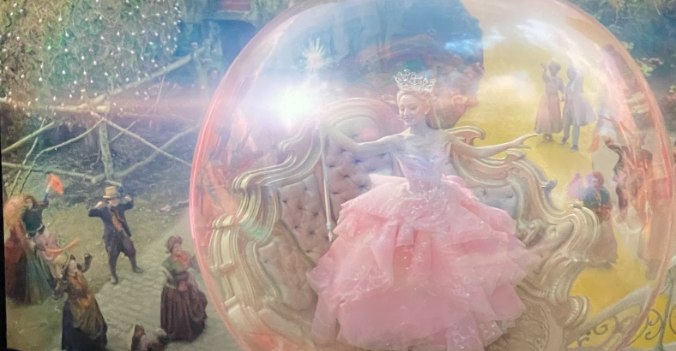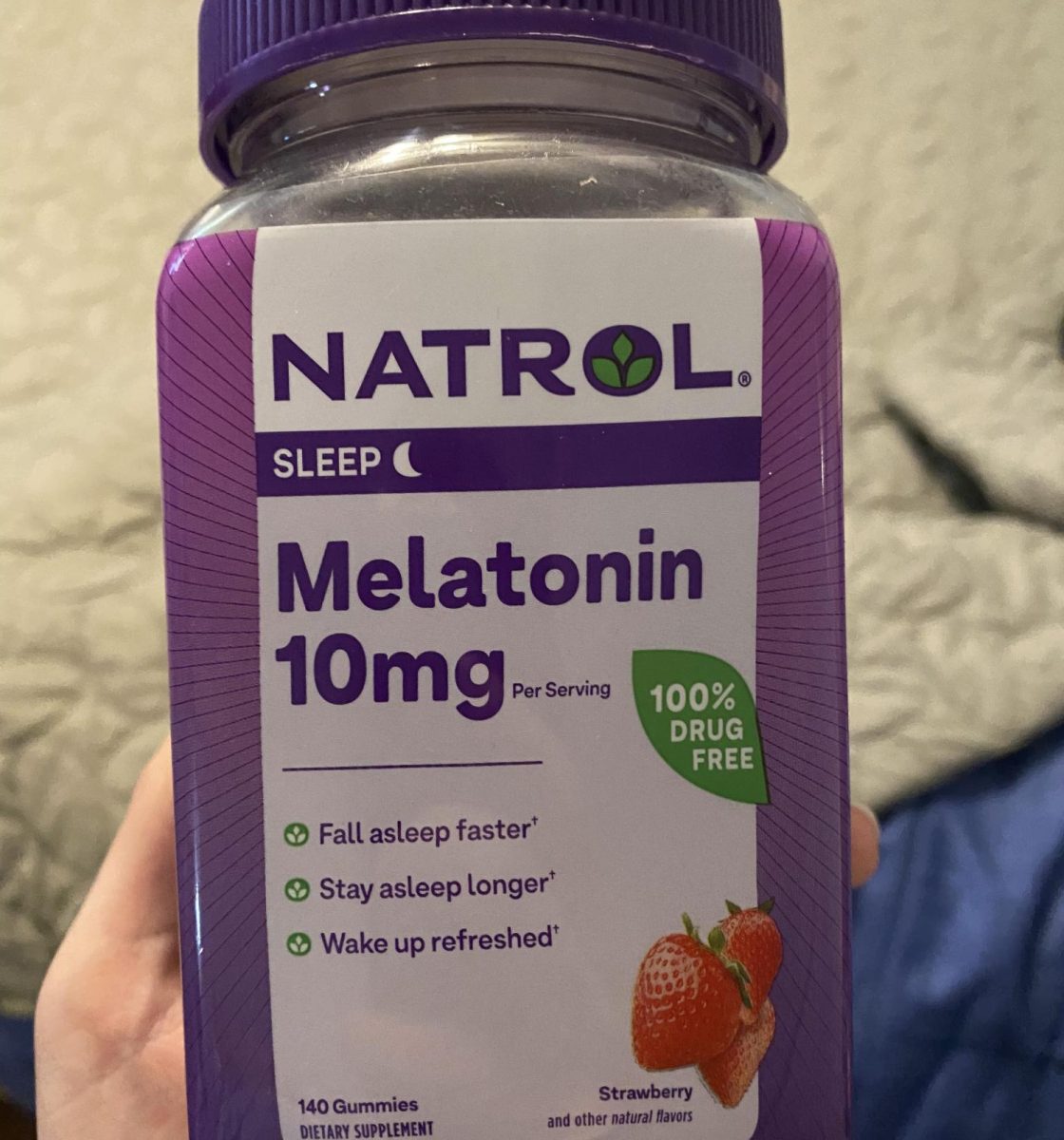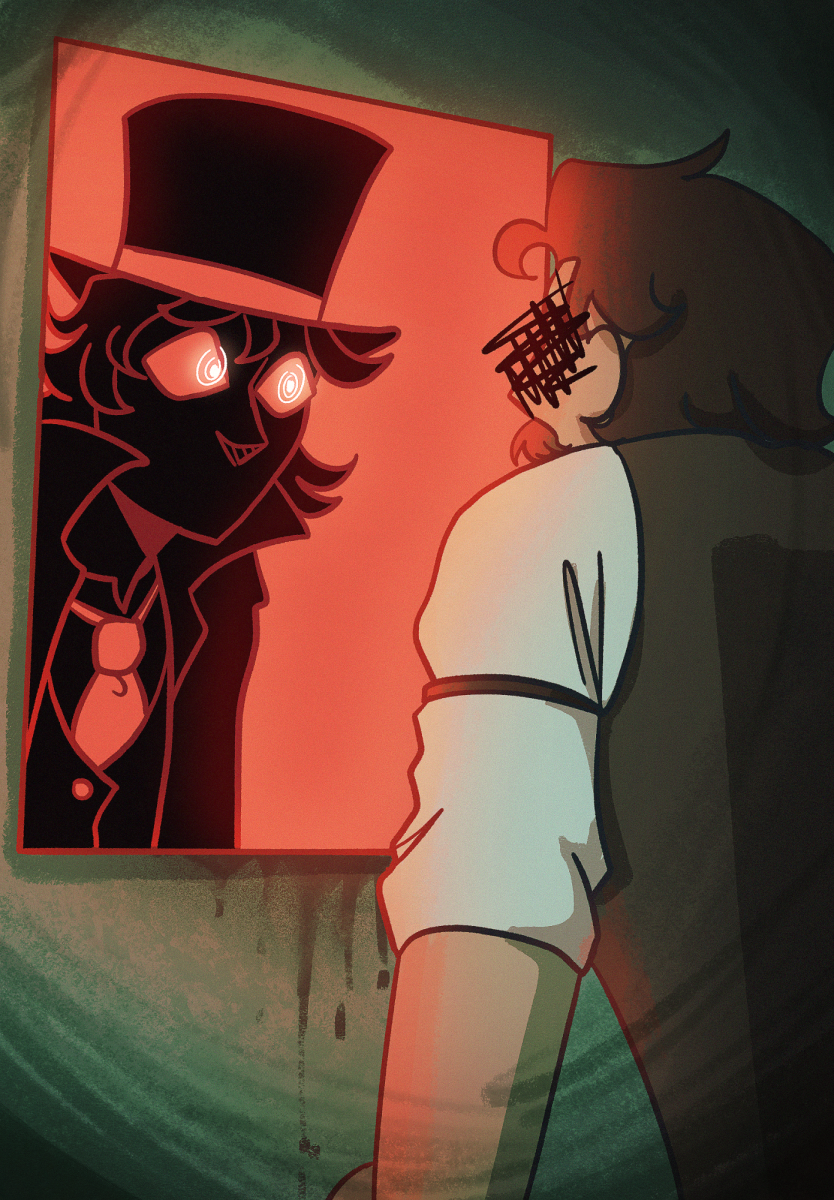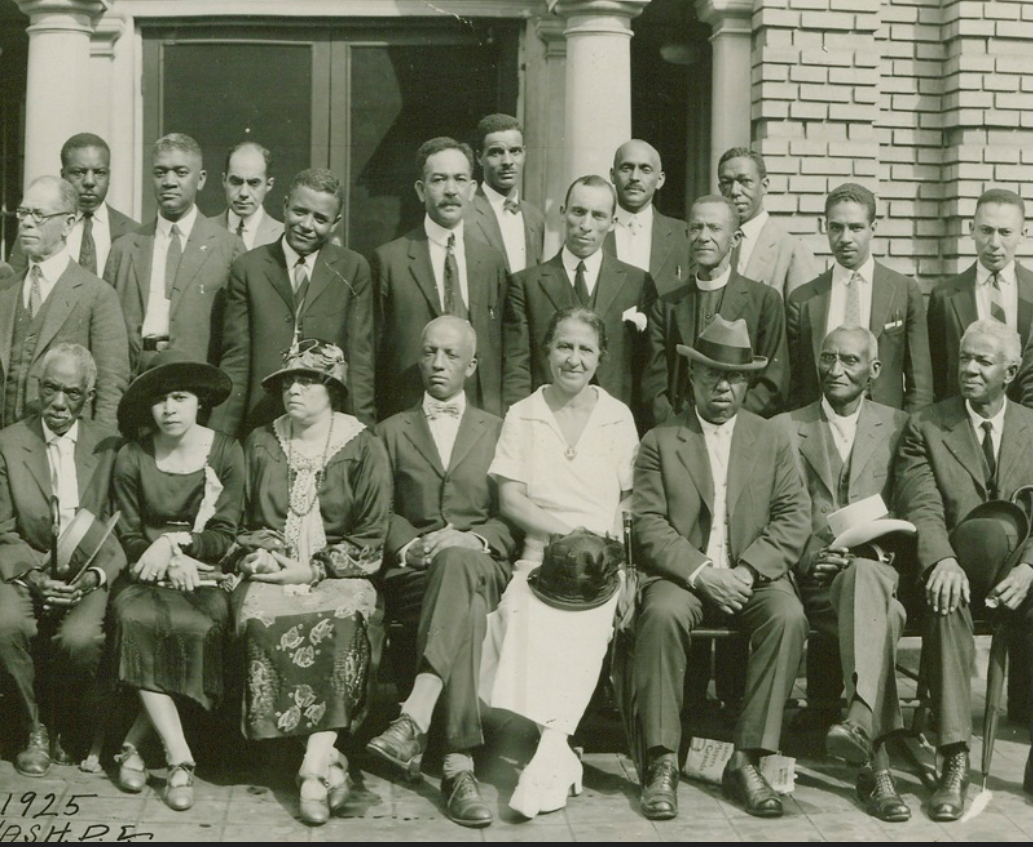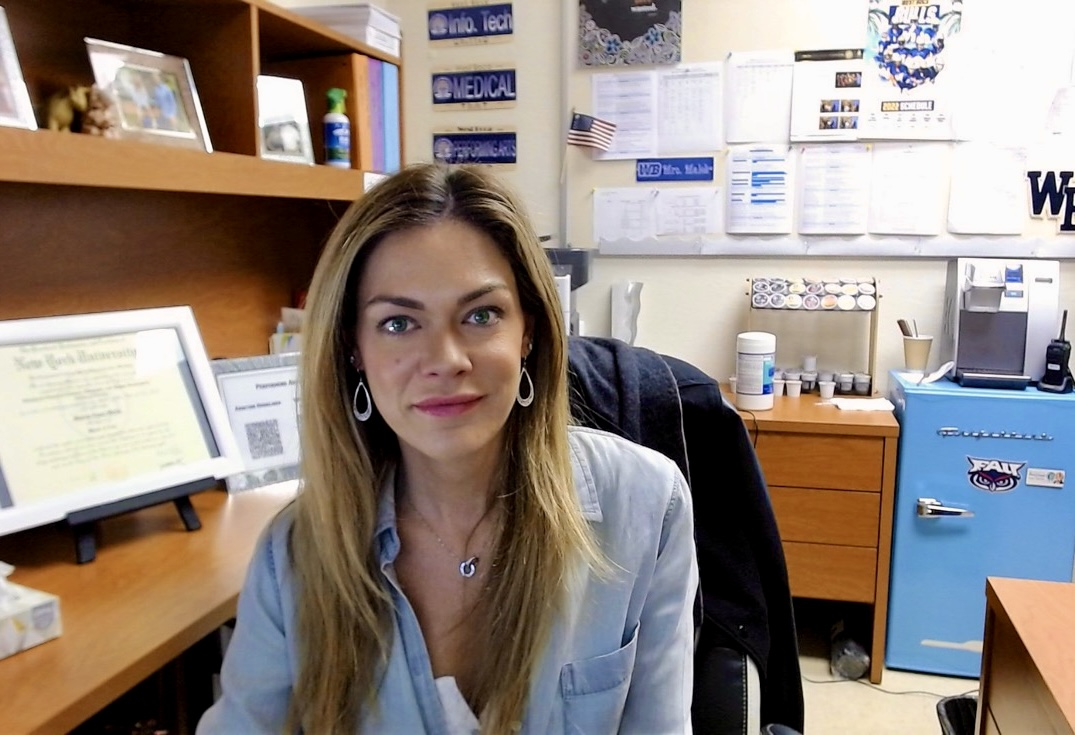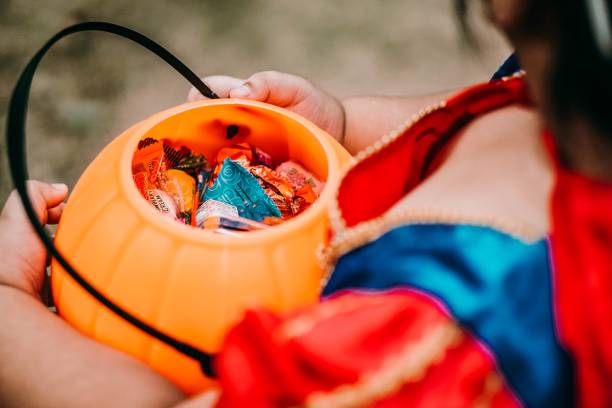Mythbusting: The Tampered Halloween Candy
Baby girl holding candies in pumpkin basket
October 28, 2022
Halloween: the time for trick-or-treating, scary costumes, and urban legends. Every year around the beginning of October, the news floods parent’s front pages with stories of “poisonous candy,” which terrifies parents and children alike, even before the spooky holiday begins. Yet, even though we hear these daunting stories every year, we never actually hear about any specific cases where someone was actually harmed by tampered candy. Is the tale of “poisoned candy” even legit?
Short answer, not really.
According to Joel Best, an expert in the field of Sociology and a researcher on the matter, “Many, if not most, reports of Halloween sadism are of questionable authenticity.” After hearing this, I decided to do a little bit of my own research. After extensive internet searching through police records and sketchy websites, I found only one reported case of injury or death caused by the tampering of candy, but it wasn’t what you would think. In 1974, an eight year old was found dead after eating a pixie stick filled with cyanide. The catch was that this pixie stick was filled with cyanide by his own father, classifying it as a targeted murder, not a random distribution of poisoned candy.
It would be dishonest to say that no candy is ever tampered with. Psychology Today, who researched this exact topic, admits that there are a few cases of tampered candy that pop up throughout the season, though most can be easily recognized through common sense. I mean, if I see a razor blade sticking out of an unsealed Snickers Bar, I probably wouldn’t hesitate to throw it in the trash.
So what’s this year’s story? Fentanyl. The scare began with the DEA reporting on “rainbow colored fentanyl,” which they claim is made to target children. While this may be true, there has been no warning towards Halloween in specific, since the story is from August.
The concern of many is young children, though. While most high-school students and young adults can easily recognize some suspicious candy, the main demographic of Halloween are young children. So during this next Halloween, be smart about the candy that you eat, and discard anything that looks like it could be tampered with. But the horror stories that the news perpetrates around the subject of trick or treating are massively overblown, so don’t freak out over anything.










